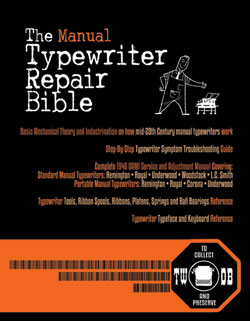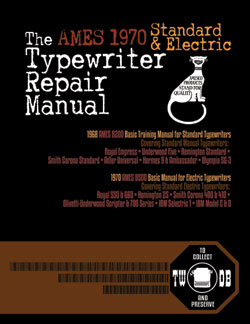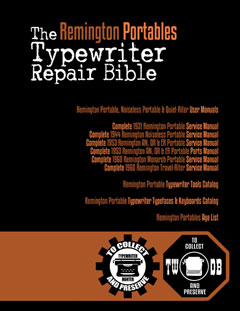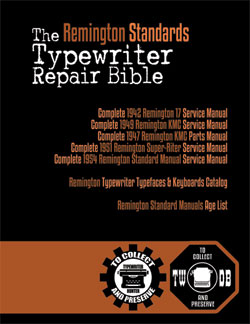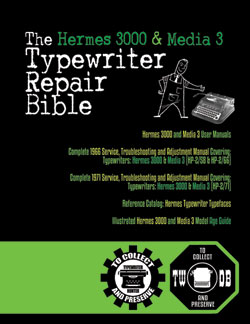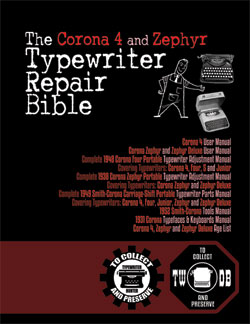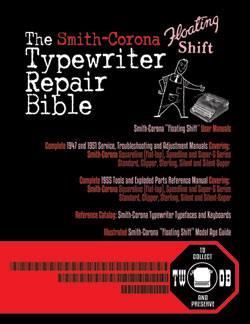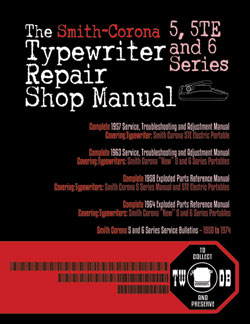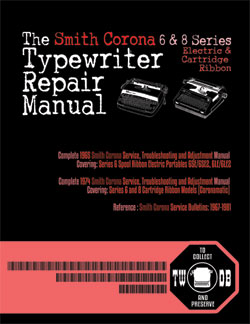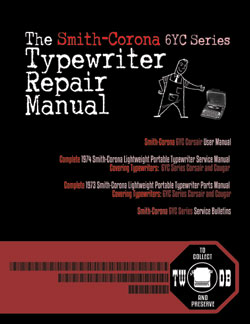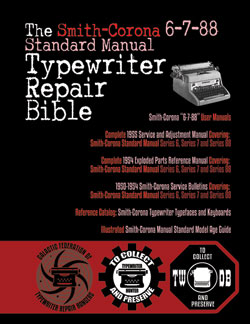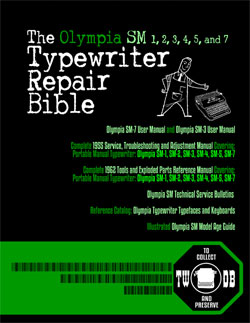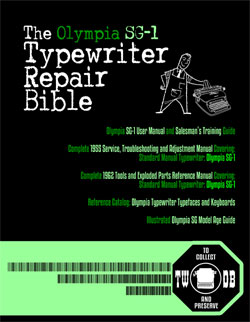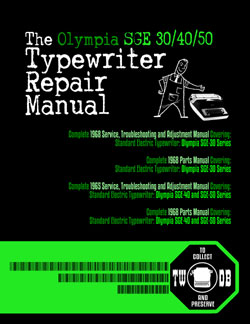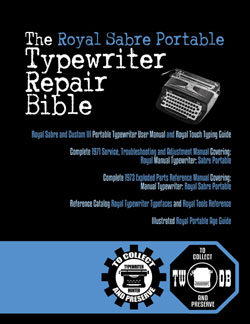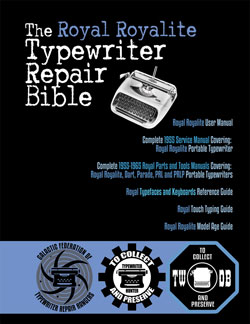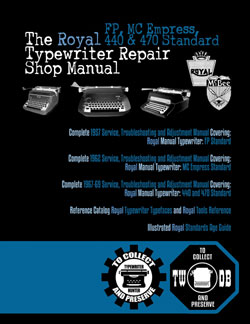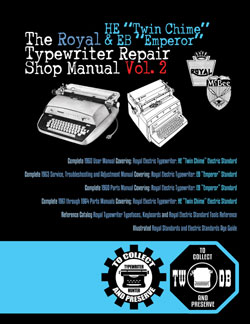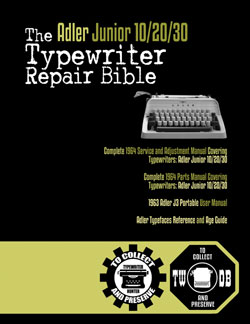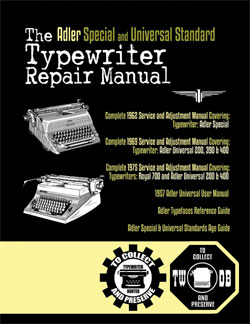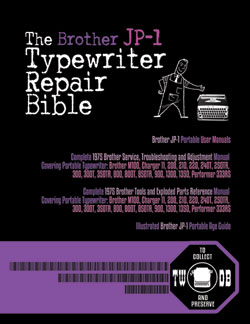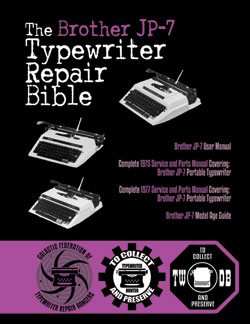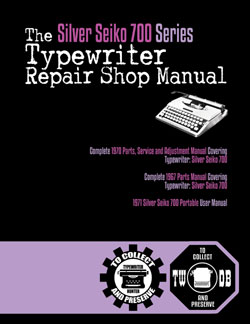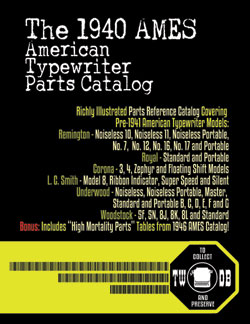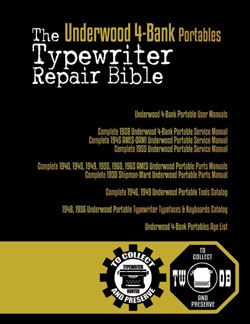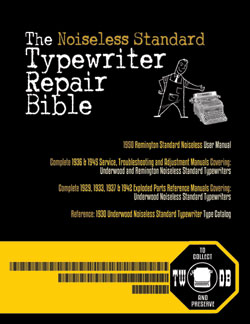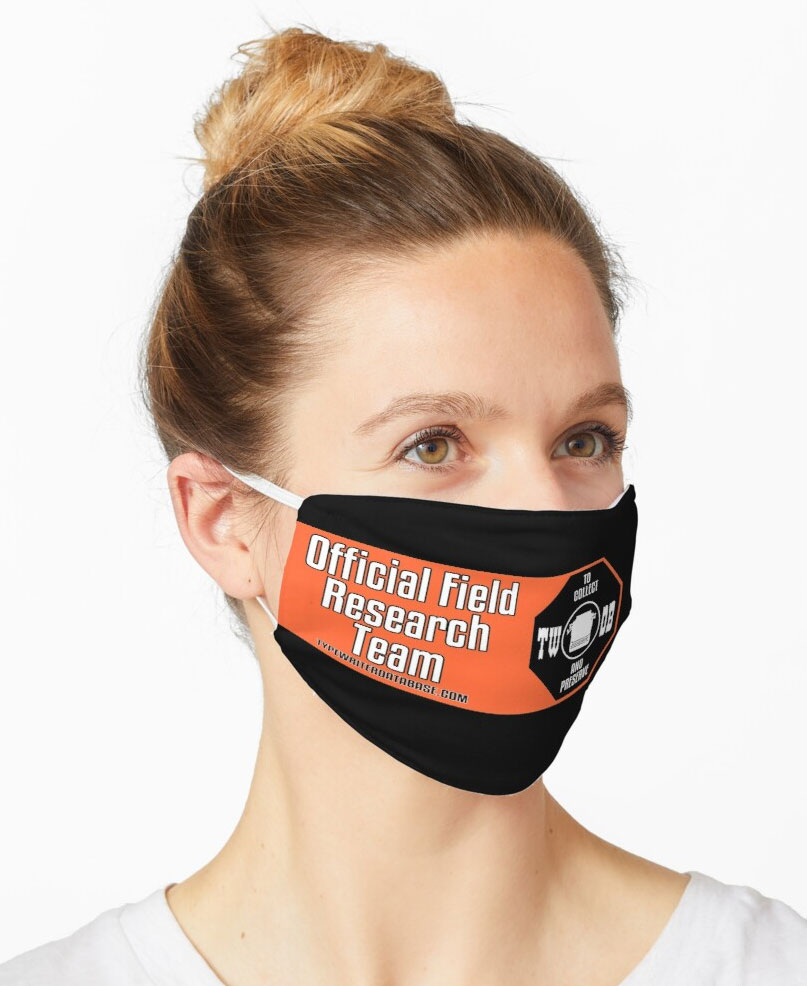1926 Hammond Multiplex Folding #F 248949G2
Status: My Collection
Hunter: Jake Fischer (jfisch)
Created: 05-10-2014 at 01:01PM
Last Edit: 09-05-2016 at 08:29PM
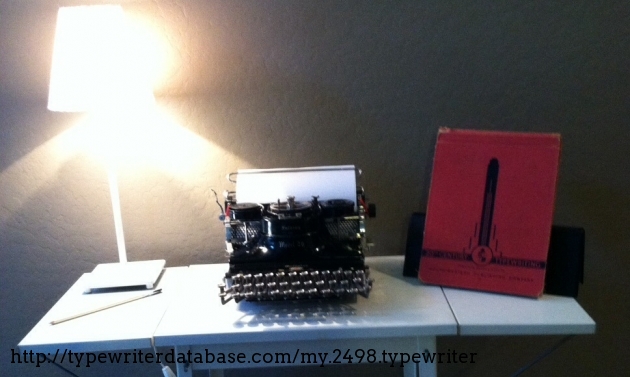
Description:
Acquired this on Craigslist in a shifty part of town for $65. In pretty good condition, except for a missing ribbon cover, flat spots on the feed roller, and a sluggish backspace. The serial number may or may not be in its entirety. The manner in which the keyboard folds down may have worn part of it away. As there records of Hammond serial numbers are non-existant, the only way I know the date 1926 is that the seller said it was purchased then.
The mechanism on this is very interesting, almost backwards. A single type element, known as a type shuttle, moves the desired character to the printing point and then a spring loaded hammer presses against a rubber impression strip (don't type without one) which presses the paper and the ribbon against the shuttle. When one returns the carriage he is both winding a mainspring and a spring for the hammer, thus allowing for even printing but resistant carriage return. Because of the use of springs, the depression of a key is only releasing that spring. Thus, the touch is nearly as light as a computer keyboard.
Hammonds are just full of mysteries. They are very well designed and full of mechanisms that help with annoyances found on most other typewriters. The engineers at Hammond improved on the average string drawband by making it metal. They have also been said to have made every screw bigger than necessary to make it easier to take apart.
The margins are set on the front of the carriage, instead of the back, almost like an Underwood. A lever on the left side can change spacing from 11 cpi to 14 cpi (why not 10 or 12?). Paper is loaded into a cylindrical basket and then slowly ejected through the rollers, thus there is no platen, just a rubber strip.
This particular machine is called a "Mathematical" or sometimes "Scientific" model--it includes four levels of shifting. Caps, Fig, Num, Denom. This allows for a huge amount of characters, and number subscripts/exponents. The shuttles on this machine are script and mathematical, with hundreds more available. Even the keys can be switched! By simply removing the top cover, you can replace the English keys with Greek or Russian or Mathematical or what have you, but many felt it was easier and cheaper to just slap on a cardboard chart diagramming the new keyboard layout.
UPDATE: Now one can see what a type shuttle is. Model 26
Typeface Specimen:
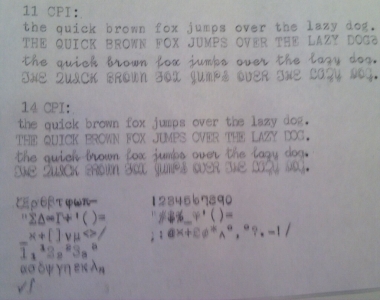
Photos:
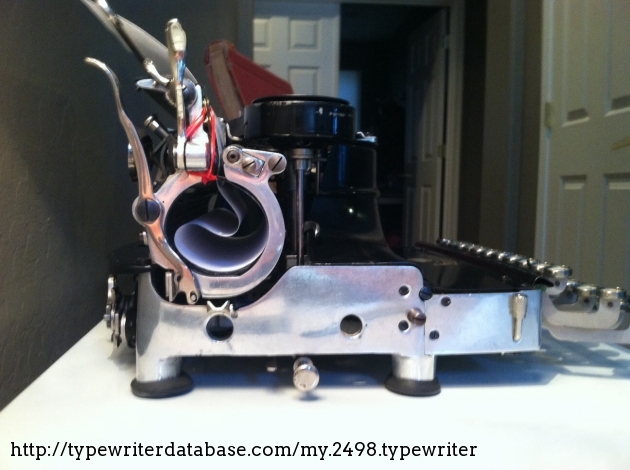
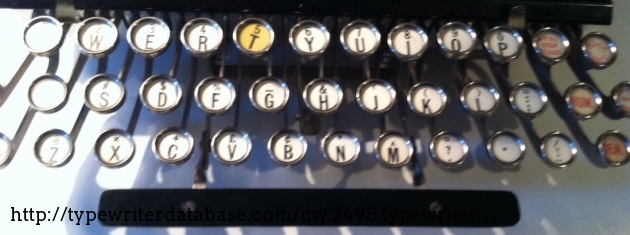
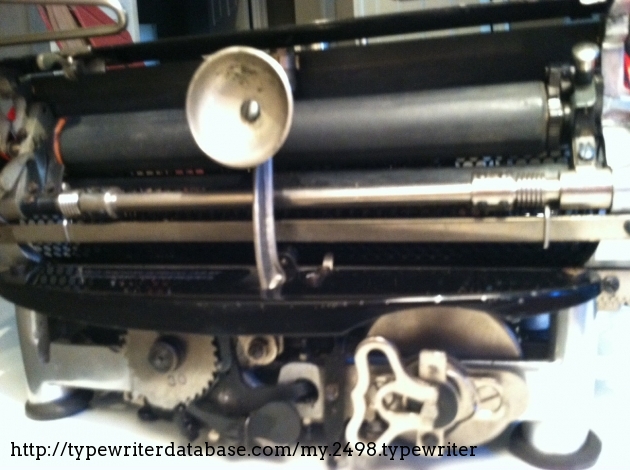
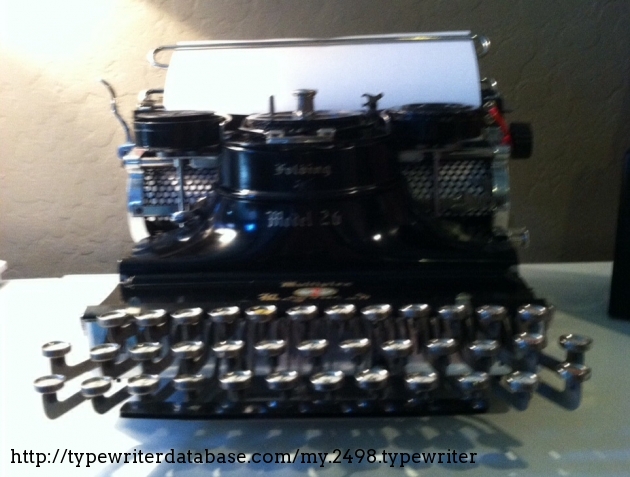
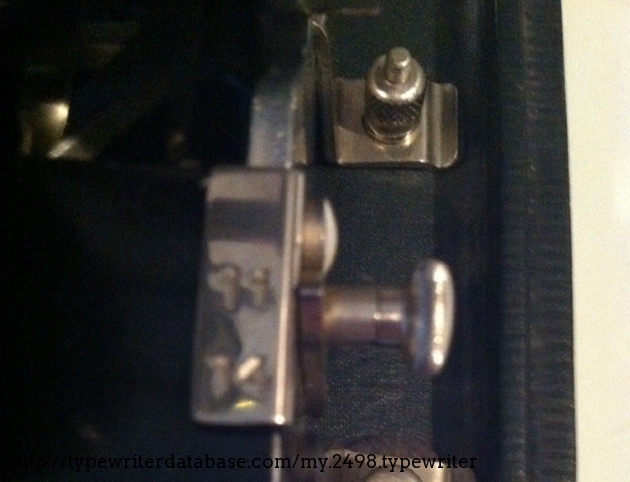
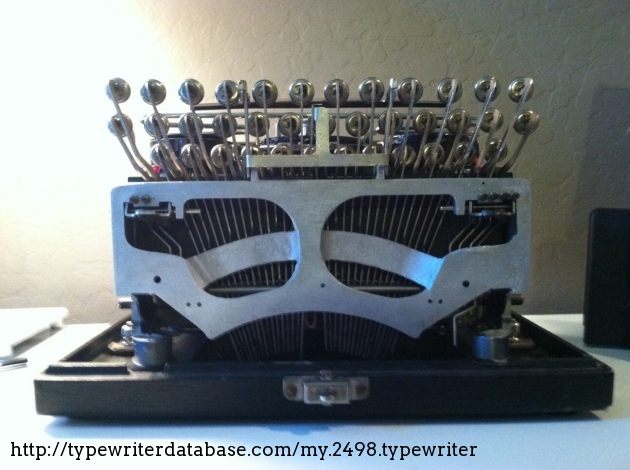
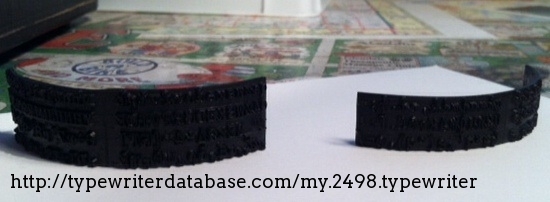
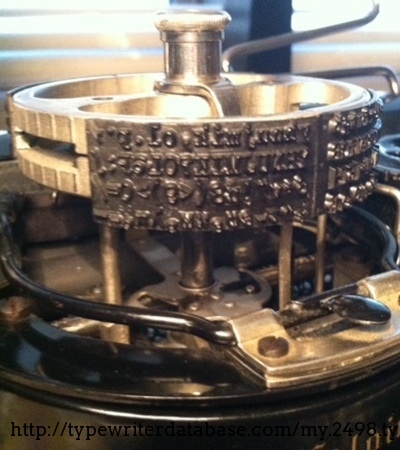
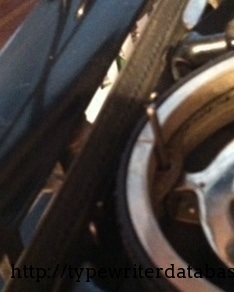
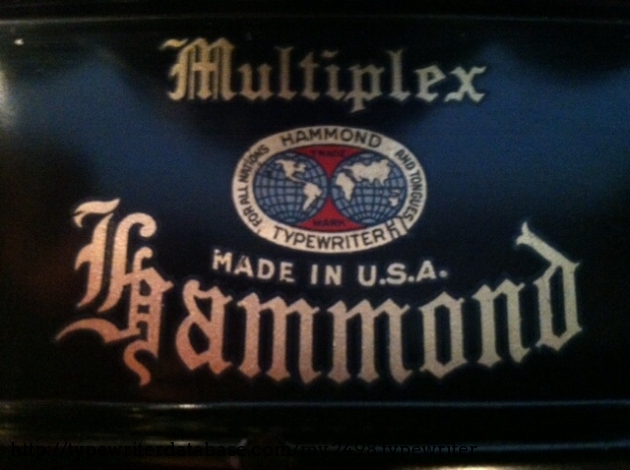
Hunter: Jake Fischer (jfisch)
Jake Fischer's Typewriter Galleries [ My Collection ] [ My Sightings ]
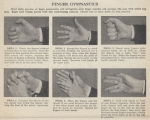
Status: Typewriter Hunter
Points: 131
I am a typewriter collector and amateur repairman who became obsessed after typing at a young age on my grandfather's Olivetti Lettera 22, which he soon gave to me. Now I have had over ten typewriters in my collection, flipping the less valuable ones for a low price to fund my obsession.
At one point, I was weary of polish; now I see the wonderful shine that Meguiar's cleaning wax brings to a glossy paint. I still avoid polishing nickle or chrome, for I hear that patina is valuable on old metal. However, I refuse to use the devil's website, also known as Ebay. Just too many deaths by shipping...and unacceptably exuberant prices...
RESEARCH NOTE: When researching the Hammond Multiplex Folding on a computer with lots of screen real estate, you may find that launching the Hammond Serial Number page and the Hammond Multiplex Folding By Model/Year/Serial page in new browser windows can give you interesting perspectives on changes throughout the model series.
